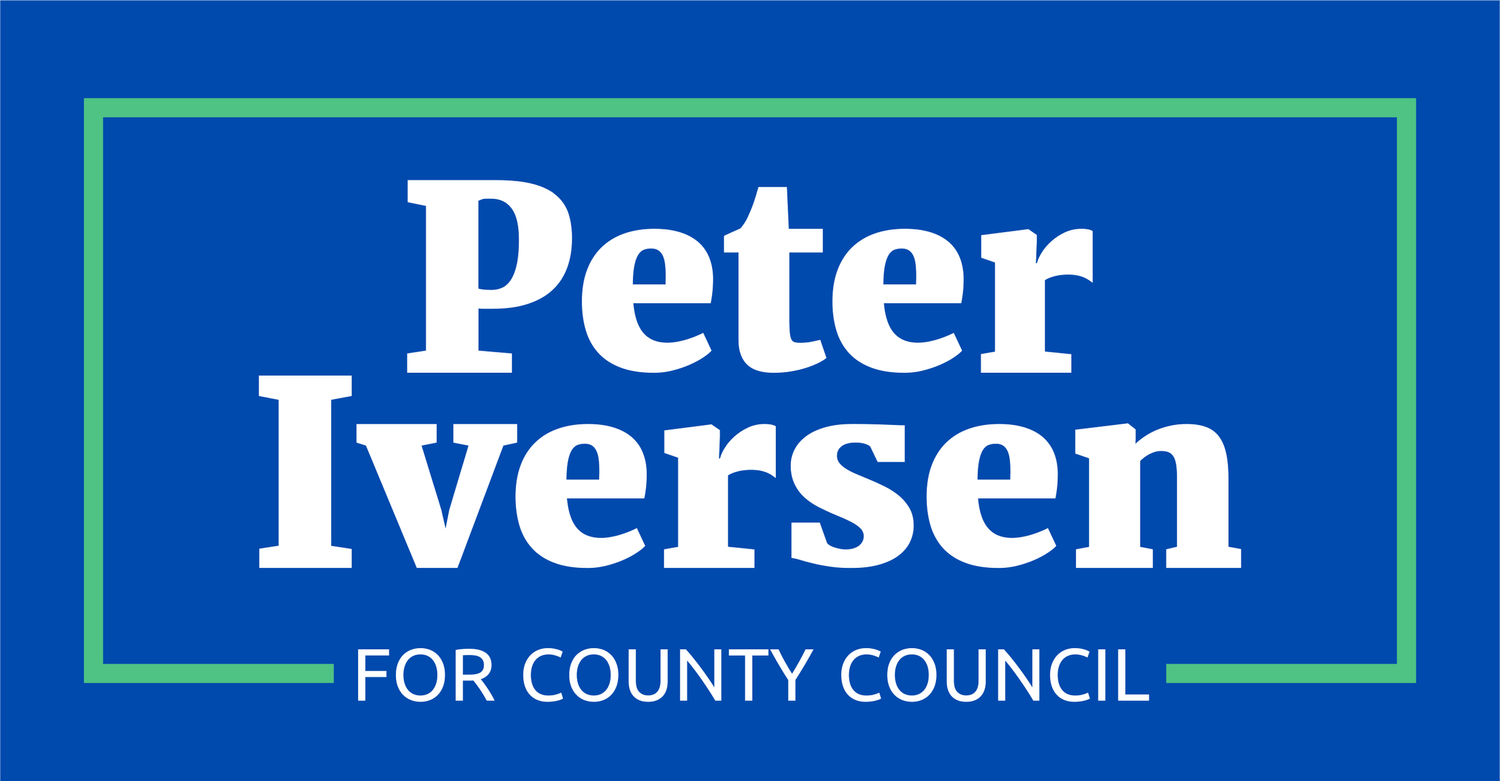Vertical Federalism and Climate Adaptation
Recently, the Monroe County Airport (KBMG) successfully acquired a $175,943 Federal Aviation Administration (FAA) grant as a part of the Airport Zero Emissions Vehicle and Infrastructure Pilot Program. The Indiana Department of Transportation (INDOT) and the Monroe County Government matched these dollars. The grant allowed the KBMG to retire two aging vehicles, replace them with electric trucks, and install electric vehicle charging stations.
This recent success story from the KBMG perfectly exemplifies how vertical federalism can effectively distribute resources and responsibilities across multiple levels of government to achieve shared goals. The Airport Zero Emissions Vehicle and Infrastructure Pilot Program, administered by the FAA, demonstrates how federal expertise and funding can catalyze local climate initiatives. By providing the initial grant funding, the federal government leverages its broader financial resources to encourage sustainable infrastructure development at local airports nationwide.
The matching funds provided by the Indiana Department of Transportation represent the crucial intermediary role that state governments play in vertical federalism. State-level participation not only provides additional financial support but also ensures that projects align with state-wide transportation and environmental planning objectives for regional airports scattered around Indiana, just like KBMG. INDOT recognizes that “Hoosier airports are the lifeblood for hundreds of companies across the state, allowing them to compete in a global economy while supporting jobs and economic growth in small communities across the heartland”.
Monroe County Government's participation as the local partner completes the vertical federalism framework by providing ground-level implementation and matching funds. Local government involvement ensures the project addresses specific community needs and circumstances while maintaining direct accountability to residents and businesses using KBMG.
This three-tiered approach to airport infrastructure development - federal, state, and local - maximizes public sector efficiency by allowing each level of government to contribute its unique strengths to tackle large-scale issues like climate change. The result is a robust and well-supported project that benefits from multiple perspectives and resources while paving the way for a clean future that sees Airports achieving net zero emissions by 2050.
